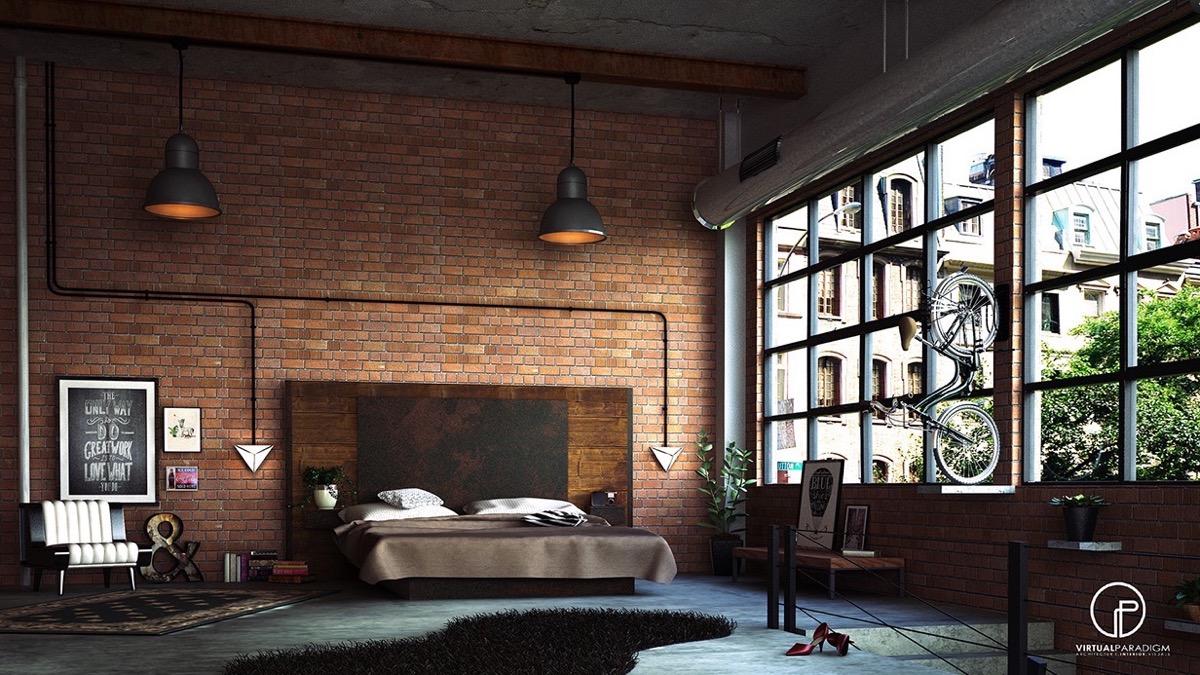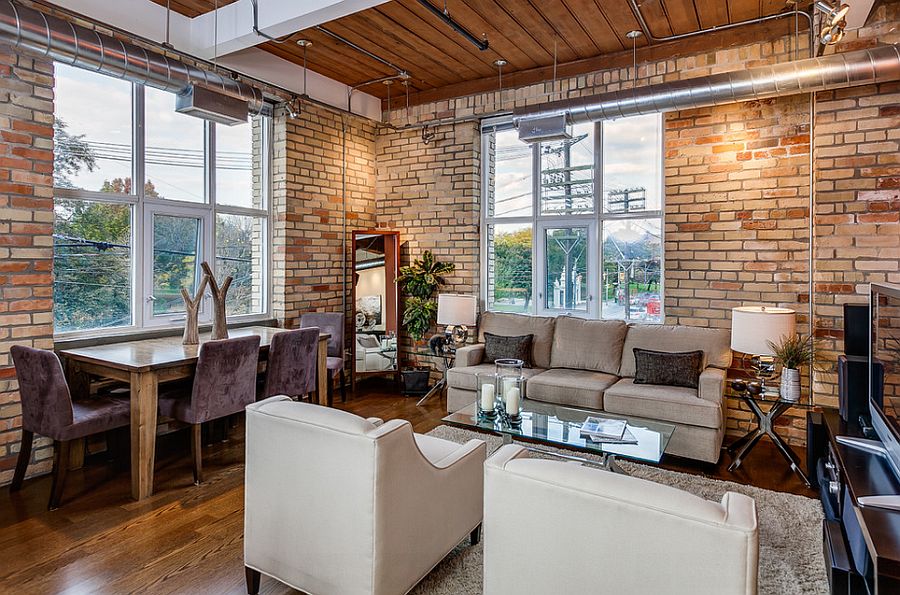
It’s a widely held belief that you can’t cover brick with siding. This is not true. There are many different types of siding you can use to protect your bricks from the elements. Some are better than others, but not all have to be expensive or difficult to install! We’ve listed some popular options below.
Why would you want to cover brick with siding?
Brick is quite a durable material that can easily last for decades, but it tends to get dirty and sometimes even damaged over time.
If your brick is old or dingy looking, a great way to update the exterior of your home would be by covering it with siding! Not only does this give you a fresh new look, but some types of siding are a lot more durable than the brick.
If you’re looking to sell your home, this is also a great way to increase curb appeal and what could potentially up the value of your property as well!
Now that we know why covering your brick with siding may be so beneficial let’s look at some types of siding.
What is the best way to cover brick with siding?
The first and most popular option for covering a brick wall is vinyl siding. This type of material comes in a wide variety of colors, so it’s easy to find something that will match your home perfectly. Vinyl doesn’t have the best insulation value, but it does have a lot of other benefits. It’s resistant to rot, mold, insects, and even fire! This is a good option for people who want to remodel their homes but don’t have much money. You can do it quickly with some simple tools that you probably already have at your house.
Another option would be hardboard siding which tends to last longer than vinyl. It’s more durable, lasts longer, and is one of the most cost-effective options since it doesn’t need to be replaced quite often. Although there are some benefits of hardboard siding over vinyl, it isn’t very energy efficient, so you’ll want to think about this before choosing which one best fits your needs!
One last type of siding that you can use to cover your brick is metal siding. This type of material gives off a modern look and comes in all sorts of different colors as well, so it’s easy to find something that will match your home perfectly! It also doesn’t require any maintenance, which makes this one of the most convenient options available. However, not everyone will like the modern look of metal, so you’ll want to be sure that it’s what you’re looking for before installing this type of siding.
Before we wrap up, let’s talk about some types of siding that won’t work as well with the brick.
Can I cover bricks with other kinds?
Unfortunately, not all types of siding are suitable for covering the brick. Some of the most popular types, like plywood and wood planks, won’t work very well because they’re not strong enough to hold up against bricks.
To cover your brick with siding, you’ll want something durable, easy to install, energy-efficient if possible, is cost-effective, and, of course, something that you like!
Now that we’ve gone over some popular siding choices, what do you think would work best for covering your brick?

How much does it cost to have brick covered in siding?
Costs vary greatly depending on the type of material used and how much work is required.
If you are looking for cheaper ways to cover your brick, then vinyl siding is usually the best option. It is the most affordable option with an average cost between $2.50 and $4 per square foot. However, if you want to add value and curb appeal, then a higher-quality vinyl siding may be what you need for your home; with an average price of $12 per square foot, these types can improve the look and feel of your property.
Fiber cement siding costs anywhere from $5.00- $13.50 per square foot. These types of siding are perfect for homeowners looking to improve their homes’ energy efficiency.
However, these materials are more expensive than vinyl. They don’t need to be painted or stained. They are waterproof and can withstand harsh weather conditions like snow or rain.
High-end types like HardiePlank® can run as much as $17 per square foot if you want to go all out. This type is one of the most popular exterior claddings in North America, and it’s easy to see why. These types are waterproof, fireproof, mold-resistant, rot-resistant, and termite-resistant.
If you want a longer-lasting, more attractive exterior, then siding like HardiePlank® or SimTek® is the best option since they require less labor and will last for years, all while saving you time and money in maintenance. This material also goes great on old buildings since it can be installed over the original brick.
However, if you are looking for a budget-friendly option that is easy to install, then vinyl siding may be your best bet since it only requires nails and screws in most cases making installation fast and straightforward. This type of exterior cladding will also provide less energy efficiency than other types like fiber cement and HardiePlank®.
Will this damage my brick, or do I need to remove it when I want to replace my siding?
No, you do not need to tear down your brick to add fiber cement or metal siding. Most types of exterior claddings can be installed over existing ones without any trouble; this is a great way to improve the look and feel of your home without the need to replace the entire exterior.
However, if you’re installing a vinyl siding product that needs underlayment or trim boards, it is best to remove your brick before adding them since they can damage mortar joints and cause unsightly gaps between bricks. Fiber cement products do not require any additional materials as they can attach directly to brick and mortar.

Do I need any permits or licenses for this project?
In most cases, the answer is no. Because siding installation only requires essential tools and materials that any homeowner with a minimal amount of know-how could have, it may be done by any level of DIYer, from a novice to an expert contractor or carpenter.
However, this type of work can be hazardous, and you should always take the necessary safety precautions. Here are some tips to help make your project run smoothly:
Always use protective equipment like gloves, eye protection, earplugs or muffs, and coveralls (this may seem excessive, but it will keep you safe)
Finally, only after thoroughly reading the manufacturer’s instructions should you begin the installation. This way, not only will you know what kind of tools and materials you need but also whether or not you’ll need any additional supplies like nails or screws for your project.
